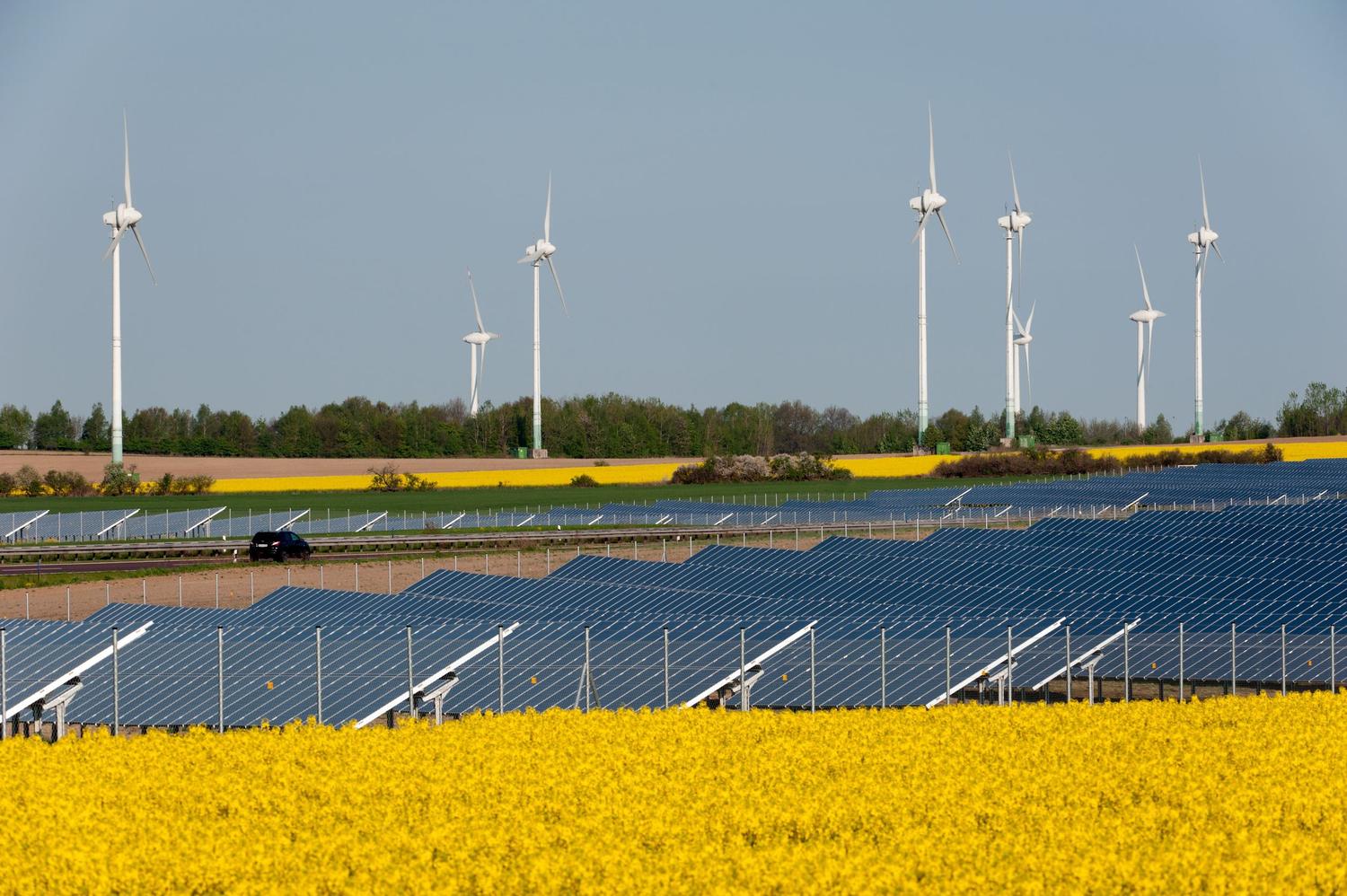Electricity demand fluctuates continuously, over a range of 2.5-3 to one. Electric utility operators control the output of numerous generation resources over their acceptable range of operation to match the contemporaneous demand of the grid. Current grid generation resources include nuclear, natural gas, coal, hydroelectric, geothermal, biomass, wind and solar. With the exception of wind and solar, these generation resources are dispatchable, meaning that they can be brought into service, as required, to meet grid demand. Wind and solar availability are controlled by time of day and weather conditions. Regulation typically requires that their output be used whenever available in preference to other resources and that the output of other generating resources be adjusted to accommodate their output.
Electric utilities will continue to require the ability to dispatch generating resources as required to match grid demand as the electricity generating fleet transitions from primarily fossil fueled generation to predominantly intermittent renewable generation. Nuclear generation is typically base loaded, while hydro, geothermal and biomass generation can be modulated to follow load. However, these generation sources would represent less than 10% of the generation required to meet peak demand in the “All-Electric Everything” future beyond 2050. Therefore, wind and solar generation must be rendered dispatchable to maintain grid reliability and stability.
Current US wind generation has capacity factors ranging from approximately 24-46%, with the lower capacity factors in July, August and September. Therefore, 1 GW of dispatchable wind capacity would require up to 4 GW of wind generator rating plate capacity, plus storage capacity of approximately 3 GW to store electricity for use during the periods of low capacity. Additional storage capacity would be required to compensate for daily generation fluctuations around the monthly average. Additional storage capacity would also be required to provide dispatchable output through days of low/no wind generation availability.
Current US solar generation has capacity factors ranging from approximately 17-33%, with lower capacity factors in November, December, January and February. Therefore, 1 GW of dispatchable solar capacity would require up to 6 GW of solar generator rating plate capacity, plus storage capacity of approximately 5 GW to store electricity for use at night and during periods of low capacity. Additional storage capacity would be required to compensate for daily generation fluctuations around the monthly average. Additional storage capacity would also be required to provide dispatchable output through days of low/no solar availability.
The Administration’s goal would result in a grid in which approximately 90% of the electricity generated would be generated by intermittent renewable generation, supplemented by nuclear, hydro geothermal and biomass generation. The rating plate capacity of the intermittent renewable generators would be 4-6 times the expected average capacity and the intermittent renewable generation capacity would require at least equal rating plate storage capacity and perhaps several times that capacity, depending on the number of consecutive days of low/no generation which might be experienced.
Such a system would require a significant factor of safety in its design, since if storage were discharged during a generation outage, recovery would be a long term process.
